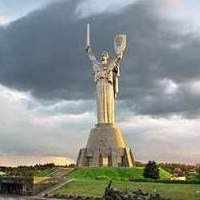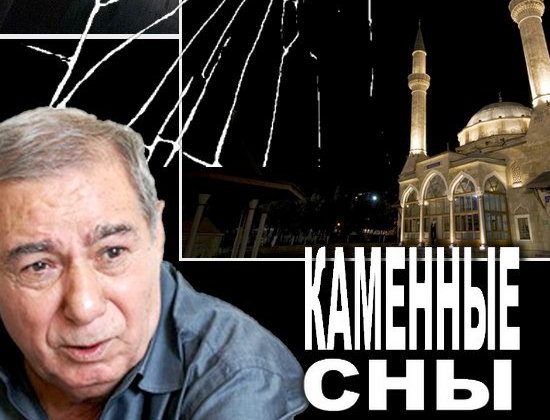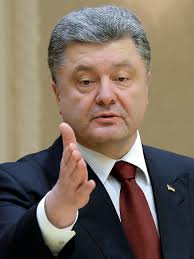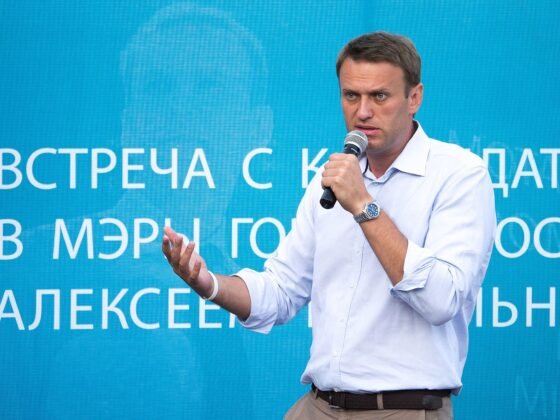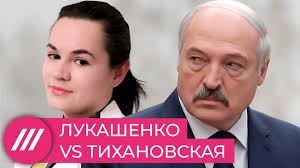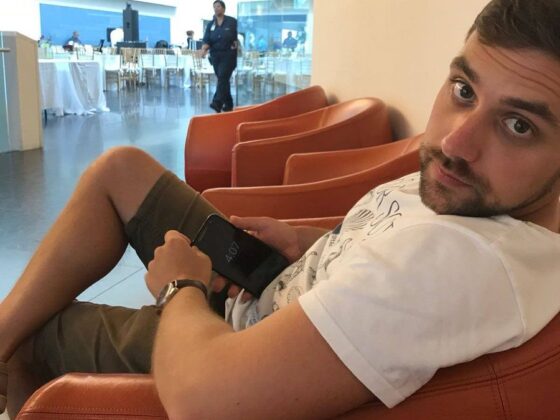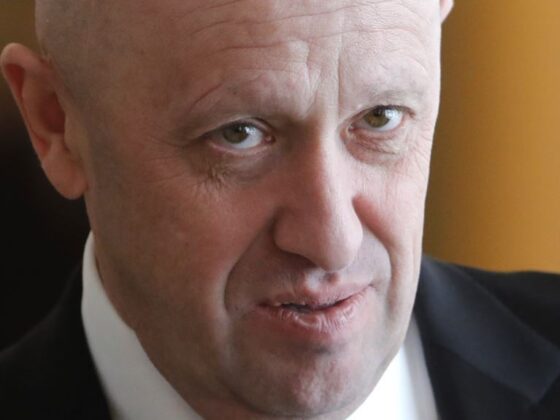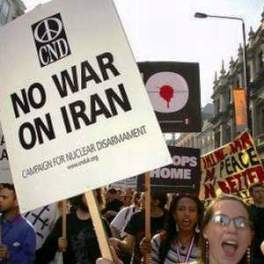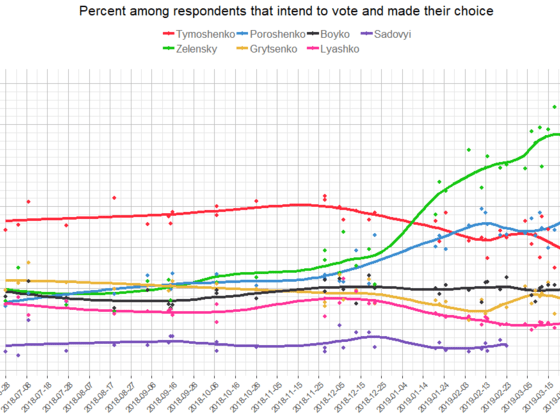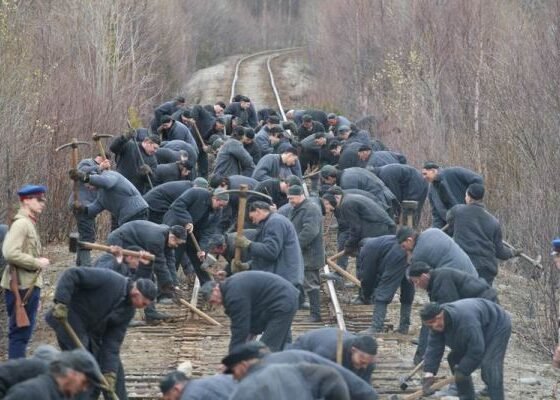(Foreign Affairs) For the first time since 1989, Europe is transforming. Russia is expanding. NATO and the West are struggling to react. And there is constant talk of a new Cold War. The primary protagonists, by most accounts, are Russia and the West. It’s Putin vs. Obama, Moscow vs. Brussels, authoritarian speed vs. democratic dithering. The bit of territory that they are clawing at — Ukraine — has largely been eclipsed. For, as with all great geopolitical contests, observers assume that the real forces at work lie not in the battleground — Ukraine now, or Corcyra in the struggle between Athens and Sparta, or Bohemia in the Thirty Years’ War — but with the Great Powers.
Yet inattention to Ukraine’s internal demons reflects a dangerous misreading of current events; the struggle between Russia and the West has been a catalyst, but not a cause. The protagonists in this conflict are subnational regions. The EU association process, and especially the protests, repression, and revolution that followed, activated very deep and long-standing divisions between them. Unless Kiev deals with its regions and installs a more legitimate, decentralized government, Ukraine will not be won by the East or the West. It will be torn apart.
Since the problem is an internal Ukrainian problem (and remains so, despite Russia’s annexation of Crimea, the presence of tens of thousands of Russian troops on the country’s borders, and the seizure of city administrations throughout eastern Ukraine by pro-Russian groups), the solution will also be Ukrainian. The country might not be able to fix its centuries-old divides, but it must finally craft institutions to accommodate them. […]

